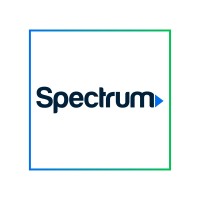
Spectrum
Charter Communications, Inc. (NASDAQ: CHTR) is a leading broadband connectivity company and cable operator with services available to more than 57 million homes and businesses in 41 states through its Spectrum brand. Over an advanced communications network, the company offers a full range of state-of-the-art residential and business services including Spectrum Internet®, TV, Mobile and Voice. For small and medium-sized companies, Spectrum Business® delivers the same suite of broadband products and services coupled with special features and applications to enhance productivity, while for larger businesses and government entities, Spectrum Enterprise provides highly customized, fiber-based solutions. Spectrum Reach® delivers tailored advertising and production for the modern media landscape. The company also distributes award-winning news coverage, sports and high-quality original programming to its customers through Spectrum Networks. More information about Charter can be found at corporate.charter.com. To view our privacy policy, please visit: https://www.spectrum.com/policies/your-privacy-rights






